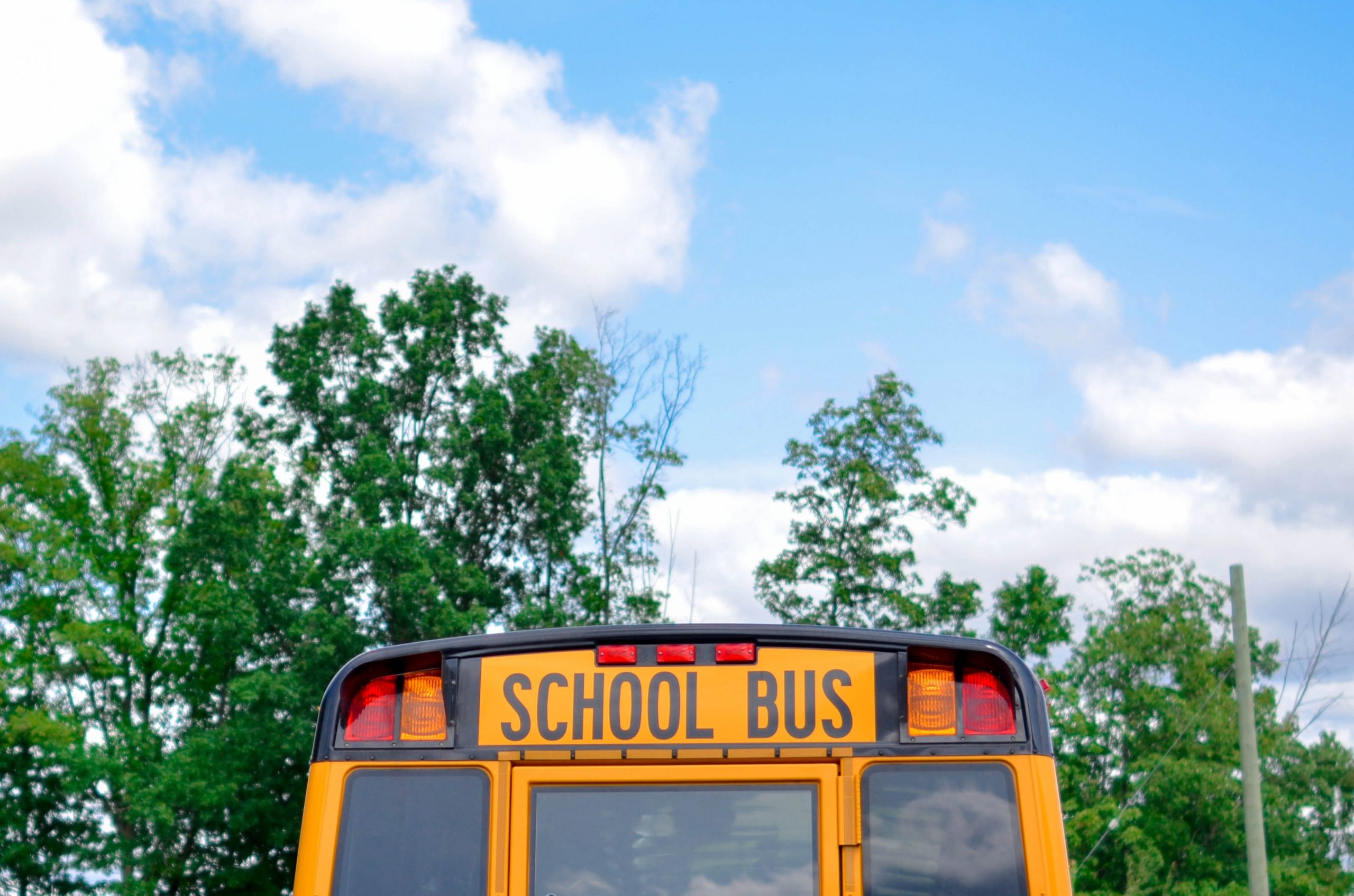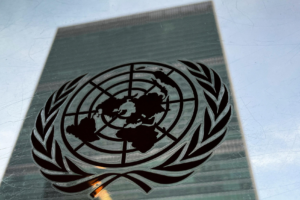“Black At” Instagram accounts, like Black at Harvard Law, provide space for students to anonymously share racist experiences, and mobilize for systemic change.
On the Black at Harvard Law Instagram page, the breadth of anonymously submitted stories is tangible proof that, according to the page’s bio, “no amount of success or credentialing will insulate Black people from racism, even at Harvard Law School.”
In one testimony, a student described how a criminal law professor, who once spent a class discussing how minorities have the lowest percentage of passing the bar exam, told the student they “would never pass the bar exam,” after they emailed him asking how to better prepare for his final exam next semester. Another student described how their First Amendment professor, when discussing fighting words in class, asked them, “If I called you the n-word right now, would you fight me?”
These testimonies detail the daily microaggressions and explicitly racist sentiments that Black students face from faculty and their fellow peers at one of the nation’s most esteemed law schools.
For decades, educational institutions — from elite universities to public schools to child care centers — have proudly declared themselves champions of “diversity and inclusion.” Yet, students and faculty of color have attested that institutional commitment to so-called “diversity work” tends to ebb and flow over the years.
Energized by the momentum of the Movement for Black Lives, high school and college students are demanding that schools acknowledge and account for the systemic racism that permeates their institutions, even ones that proclaim to hold diverse and liberal values. Nationwide, the bulk of students’ online activism and coordinated mobilization is dedicated toward institutional change rather than individual accountability.
In recent weeks and months, there’s been a greater focus on a slightly different kind of online activity — anonymously run vigilante social media accounts or crowdsourced Google Docs that attempt to “expose” people for their racist actions and statements, often run by students at the high school level. These efforts, which try to weed out individuals, appear to be much less coordinated than the campaigns directed toward institutions. Plus, these accounts don’t tend to last very long online, given how they open the doors to harassment and doxxing.
At the private Morristown-Beard School in New Jersey, for example, three students had their college admissions revoked after two viral videos, reposted from Snapchat and TikTok, showed them using the n-word and making references to George Floyd. These events prompted the creation of a Black at MBS Instagram account, according to NJ.com, and led the school to hire a consultant on cultural competency, as well as survey Black students and alumni for recommendations on possible improvements.
But on a much larger scale, students are collectively organizing to signal how change is necessary, even if there isn’t a headline-grabbing incident to highlight the school’s flaws. Many are crafting petitions, planning peaceful marches, and establishing spaces to amplify the voices of Black and minority students. At Clemson University, students have successfully petitioned for a rename of the Calhoun Honors College, which was named after former US Vice President John C. Calhoun, an ardent defender of slavery in the South.
In many cases, schools are called on to move beyond words of solidarity, especially when confronted with hundreds of anecdotes of racist behaviors, some spanning decades, from former and current students. “We need more than attentive listening,” reads one petition from Whitney High School alumni and current students in California. “We need active listening.”
Across Instagram, many “Black At” accounts — created in the same spirit as Black at Harvard Law — aim to serve a more restorative role for students (and in some cases, faculty and staff) to anonymously share and reflect upon their grievances. These online testimonies, students say, should compel administrators to enact meaningful change. Already, these publicly shared testimonies have pushed some selective private schools and public school districts to reexamine current systems in place for reporting bias incidents, teacher diversity, and American history and literature curriculum, the Wall Street Journal reported.
“The school has to commit to doing this type of daily continuous work,” said McKenzie Carter, one of three 2016 graduates who runs the page Black at Hathaway Brown, an all-girls private school in Shaker Heights, Ohio. “We all want the best for the school and its future students, but this page exists to show that these changes — simply having more cultural competency and awareness — should’ve happened a long time ago.”
Some pages are crowdsourcing a list of student demands to present to administrators, while others are setting up virtual events to encourage more direct participation. Those at Hathaway Brown set up a Zoom town hall that was livestreamed on Facebook for administrators to watch, but not actively participate or steer the conversation away from student voices.
“We’ve been really diligent in taking this step to involve the school, since in order to make that change, we need to have those uncomfortable conversations with the powers that be,” said Cartier Pitts, who co-runs the Black at Hathaway Brown account. The student moderators of these accounts, like Pitts and Carter, have told me they’ve thought deeply about the mission of their unique “Black At” pages, with some explicitly refusing to publish names or details that could compromise the identity of the person who submitted the testimony.
“I felt that if there was a name attached to the story, the reader would only think of the person and possibly react with anger. That could take away from the essence of these testimonies and how, at the end of the day, we need to change certain parts of our culture,” said Dylan Wimberly, a senior at West Orange High School in New Jersey who runs his school’s page, Black at West Orange. Wimberly, who decided to exclude all names of staff and students, told me that while his school is composed of majority Black students, the surrounding town, school board, and teachers are still predominantly white, which makes their situation unique.
“There are still plenty of cases where students feel like they’ve been singled out, targeted, treated badly, or had their intelligence questioned simply because of their race,” he added. “I really want the school district, specifically the superintendent and diversity board, to realize these are real stories. You look at us and think, nothing that bad can happen, but racism doesn’t just occur at predominantly white schools.”
Avery LaVergne, a recent graduate of Montclair High School in New Jersey, expressed how it’s frustrating that it took a public Instagram page for the school, which she said prides itself on being “open-minded, diverse, and pretty liberal,” to condemn the racism students have experienced. The 18-year-old decided to publish testimonies that included some names of teachers or specifics about the classes they taught, but not the names of students.
“This account doesn’t aim to put a target on anyone’s back,” LaVergne told me. “The school can’t investigate these exact incidents because a person anonymously came forward. But in the future, I want the school board to begin holding teachers accountable with how they treat students.”
She acknowledged that there’s a downside to anonymous submissions, especially when it comes to describing specific perpetrators. As a page moderator, LaVergne admitted that she can’t “prove or disprove” a situation, but noted that in the comments of her posts, “it’s quite clear you’ve seen people have similar issues with certain teachers, or noticed patterns of behavior within a department.”
For many “Black At” moderators, the goal is not to create what’s akin to a file for their school’s human resources department. The specifics of a student’s story aren’t as important, they say, as bringing to light the trauma and toxicity that students of color face on campus. And while most students have received mainly positive responses from their campus and administrators, some have received pushback on the page from random trolls, community members, or teachers, particularly when it comes to outlining specific incidents.
Sol, the account creator of Black at USC, which has over 11,000 Instagram followers, told me she received a tip that some conservative student groups intended to submit false stories in an effort to discredit the page. (I graduated from USC in 2019.)
“I had received around 700 submissions when I got a tip-off about their plan, so I had to switch from an anonymous Google form to directly messaging people,” said Sol, a senior who asked to be referred to by the pseudonym out of fear of retaliation.
There is a downside to only featuring anonymous submissions, she admitted, but the breadth of responses the account has received only reinforced its message and “legitimized the complaints.” And while USC has outlined a new plan to combat racism, which includes conducting surveys and hosting public forums, Sol doesn’t “think that was an appropriate response at all.”
She’s planning to leverage her social media following to present the administration with a list of demands submitted and supported by students, which include changes to how USC’s public safety department polices students, offering clearer pathways to promotion or tenure for staff and faculty of color, and requiring all campus members to take implicit bias courses.
With the rise of social media activism among young people in recent years, there have been growing concerns about “cancel culture” — a nebulous, often polarizing term to describe how certain people, usually a celebrity or public figure, can be blocked from having a prominent platform or career due to ideological views or past actions that have garnered public backlash. The young people I spoke to for this story, though, recognize the power of social media platforms and are, more often than not, critical of outright “canceling” their peers.
“There was a submission about a girl in a sorority at USC, who was named,” Sol said. “But instead I put enough descriptors so that people in her social circle would know who she is and hopefully talk to her, but I didn’t want it to be a place where commenters would start tagging her, her employer, or anything like that. That’s not very productive at all.”
Higher education institutions, however, aren’t only facing internal pressure from students, who are calling for more concrete anti-racist plans. Many are struggling with what to do with admitted students who are revealed to have a history of racist, xenophobic, or offensive behaviors, usually on social media.
According to the nonprofit Foundation for Individual Rights in Education (FIRE), a pro-free speech organization, there’s been “a tremendous number of cases of students who’ve had their admissions rescinded or are being disciplined by their colleges,” said Samantha Harris, an attorney and senior fellow at FIRE. “Some random person will dig up old social media posts by a student who’s enrolled at a particular school, and usually there will be demands on the university to punish or rescind admissions.” The number of cases and frequency, however, appear to have “reached a zenith in recent weeks,” she told me.
The response from an institution can vary, depending on whether a student is at a public or private university, but Harris believes that, now more than ever, colleges need to set forth clearer policies and guidelines on what to do for these situations. “When a university is reactive or responds to something ad hoc, it can be difficult to remain firm in their position because they don’t have a clear policy,” she said.
Students have acknowledged that when administrators make symbolic acts, such as publicly rescinding an admission or renaming a building, they feel like they’ve “done enough” — instead of addressing the many institutional problems that continue to exist on campus. “It is easy and in fashion right now to be publicly anti-racist,” Sol said. “It’s much harder to commit to the actual work to do so.”




